Review: MARTHA GRAHAM DANCE COMPANY Demonstrates Timeless Innovation Across Eras at The JOYCE in April
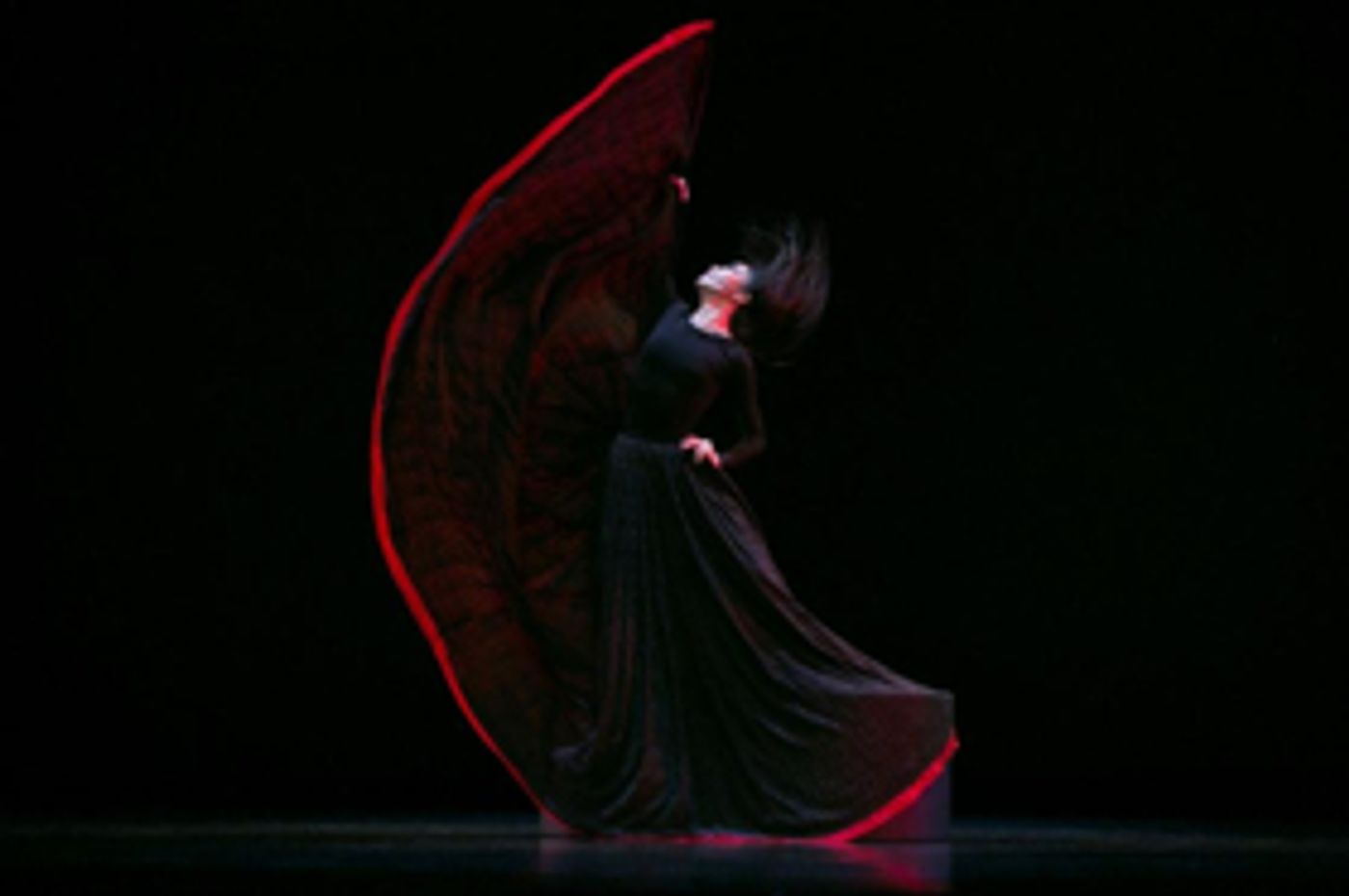
What has not been said or proclaimed about the majesty and mastery of Martha Graham, her company and her legacy? She revolutionized the way that dance was created and experienced by re-shaping how movement was expressed and performed in the 20th century that has, in turn, inspired and laid the foundation for the dancers and choreographers of today. A sculptor of bodies and painter of gestures, Graham contrasted sharp angles with fluid movements and molded her dancers into statuesque and broken shapes, more akin to Pablo Picasso's repositioning of beauty standards and body parts than her dance peers' styles. Never before or after Graham have knees been so enchanting. To encounter the work of Martha Graham is to understand the capacity of the human form in motion and appreciate the splendor of every sinew.
This year and marks the Martha Graham Dance Company's 93rd season, only a few years shy of a centennial celebration, and the company has reprised several, relevant repertoire works as well as invited some special guests to share the stage. It was hosted at the most appropriate house for dance that is as provocative, compelling and utterly original as it was when first premiered decades ago --- The Joyce Theater --- April 2-14, as the seasons transition and raging storms beget beautiful life. Though only 4'11', Martha Graham was a giant and a force of nature, not only in the world of modern and contemporary dance but in the artistic and cultural geography of America and beyond. The violent nature of springtime is a good metaphor for Graham's work, which is stormy and powerful, dynamic and athletic, yet --- despite its intensity --- yields to moments of softness and femininity within its bold expressions.
This season celebrated The EVE Project and focused on women's empowerment and the 100th anniversary of the 19th Amendment, which secured women's right to vote in the U.S. It showcased both Graham's classics about heroines and anti-heroines as well as works from some of the most exciting women choreographers working today to carry the torch for the movements Graham began (double entendre intended) with an emphasis on female power.
Program B Featured Graham's Secular Games/Men's Section (1962), El Penitente (1940), and Chronicle (1936) plus Historie by Lucinda Childs and the New York premiere of Untitled (Souvenir) by Pam Tanowitz.
The opening section began with Graham's male-centric 1962 Secular Games (though some female forms graced the stage in this version). This interesting choice served as a playful and provocative, tongue-in-cheek way to begin an evening devoted to powerful women. But then again, it was also a razor-sharp demonstration of Graham's wit and ability to transform observations of human nature into compelling, wordless body language. In a setting intended to be devoid of or lacking in women's presence, it was a bit evocative of a couple of recent plays --- Mankind by Robert O'Hara (envisioned in a world where the female species has become extinct) and Socrates by Tim Blake Nelson (currently at the Public Theater). This sense of humor is intended as the three parts are entitled: Play with thought --- on a Socratic Island; Play with dream --- on a Utopian Island, and Play --- on an Island. The male form is on display in all of its sculptural glory as Grecian statues that have come to life, though one can clearly feel Graham's jovial nature and puckish principles are at hand here. The music by Robert Starer and chiseled lighting and set design by constant contributor Jean Rosenthal celebrated the ultimate male physique, if not its intellect. For ultimately --- as the titles suggest --- they are all on an island, isolated in their own world.
The next piece was Historie, a duet by the dynamo choreographer Lucinda Childs. Her avant-garde, boundary and comfort-zone pushing sensibility has made her a renowned force in the contemporary dance world and an award-winning favorite collaborator of other unconventional greats such as composer Philip Glass and opera and theatre director Robert Wilson. Childs was even recently honored with a retrospective examination of her contributions at The Dance Museum in Saratoga Springs, NY. Graham and her lineage holders keep good company, and Childs' piece was both a tribute to the bedrock of the timeless and meaningful movements that Graham founded, and a testament to Childs' own completely singular and unique motivations for emotional expressions conveyed through gestures and dance. The piece, performed by Xin Ying and Lorenzo Pagano, featured noir themes and colors. It was a brilliant duet, a gothic entanglement --- both electric and electronic --- with jazzy, impish music provided by Polish composer Krzysztof Knittel to accompany the piece that was performed on the same stage for the Martha Graham Dance Company for its debut in 1999.
El Penitente was the Graham creation to close the first Act. This fascinating work is a choreo-play within a play and explored themes of the early Spanish colonists and the different versions and expression of the essential, revered, yet still debated and controversial figures of Mary from the Christian Bible (The Virgin and Magdalen). The divine feminine characterized and performed as archetypes of both mother and seductress in juxtaposition against the dangerous patriarchy are as compelling and poignant now as they were when Graham premiered the work in 1940. The movements and choreography are as innovative as anything seen today but have also proved the test of time, giving another layer of merit and value. The timing of the piece's initial creation is a foreboding reminder of imminent war (WWII) and cautionary tale of the imposing powers that be and their ability to wreak havoc. The dancers (particularly Anne O'Donnell as Mary) portrayed incredible control and athleticism imbued with intense emotions in this powerful piece, as potent now as decades ago.
Act Two commenced with a new work from choreographer Pam Tanowitz (with assistant to the choreographer Melissa Toogood, who lived up to her name). Untitled (Souvenir) borrowed from Graham's dance vocabulary then took that inspiration to new heights and completely original directions. The opening poised, sculptural themes led to effervescent hopping and jumping as if abstract art figures from MoMA's collection had suddenly come to life and burst into corporeal reality. It was an ensemble-driven work with remarkable partnering and choreography that contrasted that which is sharp and soft in ways that were stunning and powerful --- much like the woman the Martha Graham Dance Company intends to honor and celebrate in The EVE Project. This young, critically-acclaimed choreographer --- who has catapulted her sensational style on the contemporary dance scene since 2002 --- seemed comfortable amongst the company of such gargantuan forces as Lucinda Childs and Martha Graham.
The final piece and true coup de grace was Chronicle, one of Graham's seminal works from 1936, the same year she turned down the opportunity to dance for the Nazis, and a prelude to the impending war. This sensational finale was a rallying cry against oppression. The work presents a strong statement visually, physically and emotionally --- that by evoking the atrocities of war and portraying the devastation that lies in its wake, it may suggest an answer. This hopeful plea shows the sincerity of Graham's intent to change the world for good through dance and art. Her tradition continues to carry on not only through her company but through many extraordinary dancers and choreographers inspired by her movements, her messages and who wish to keep her timeless tradition of radical and revolutionary innovation into the 21st century and far beyond.
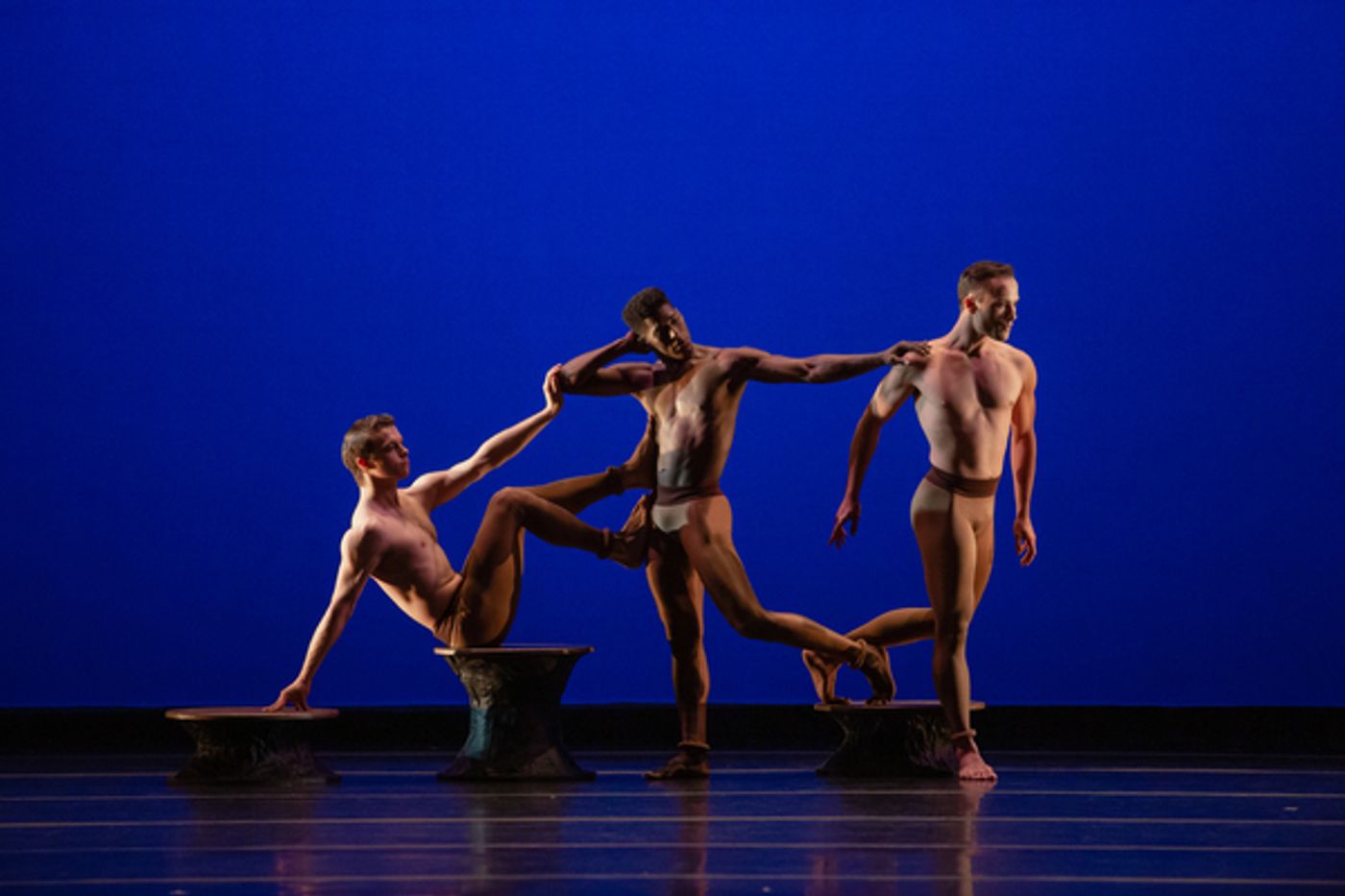
Llyod Mayor, Llyod Knight and Alessio Crognale in Martha Graham's Secular Games. Photo by Luis Luque.
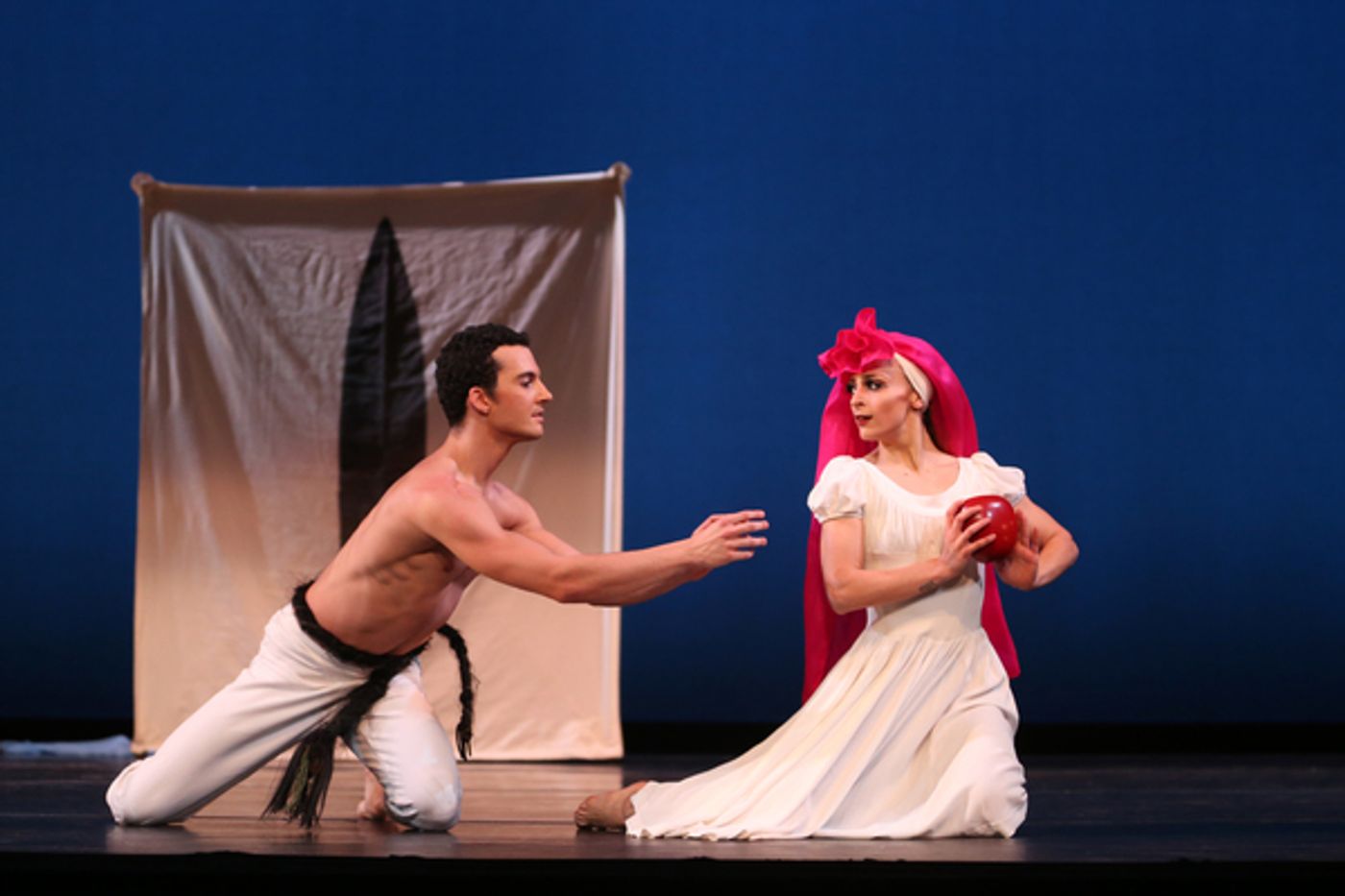
Lorenzo Pagana and Mariza Memolli in Martha Graham's El Penitente. Photo by Melissa Sherwoood.
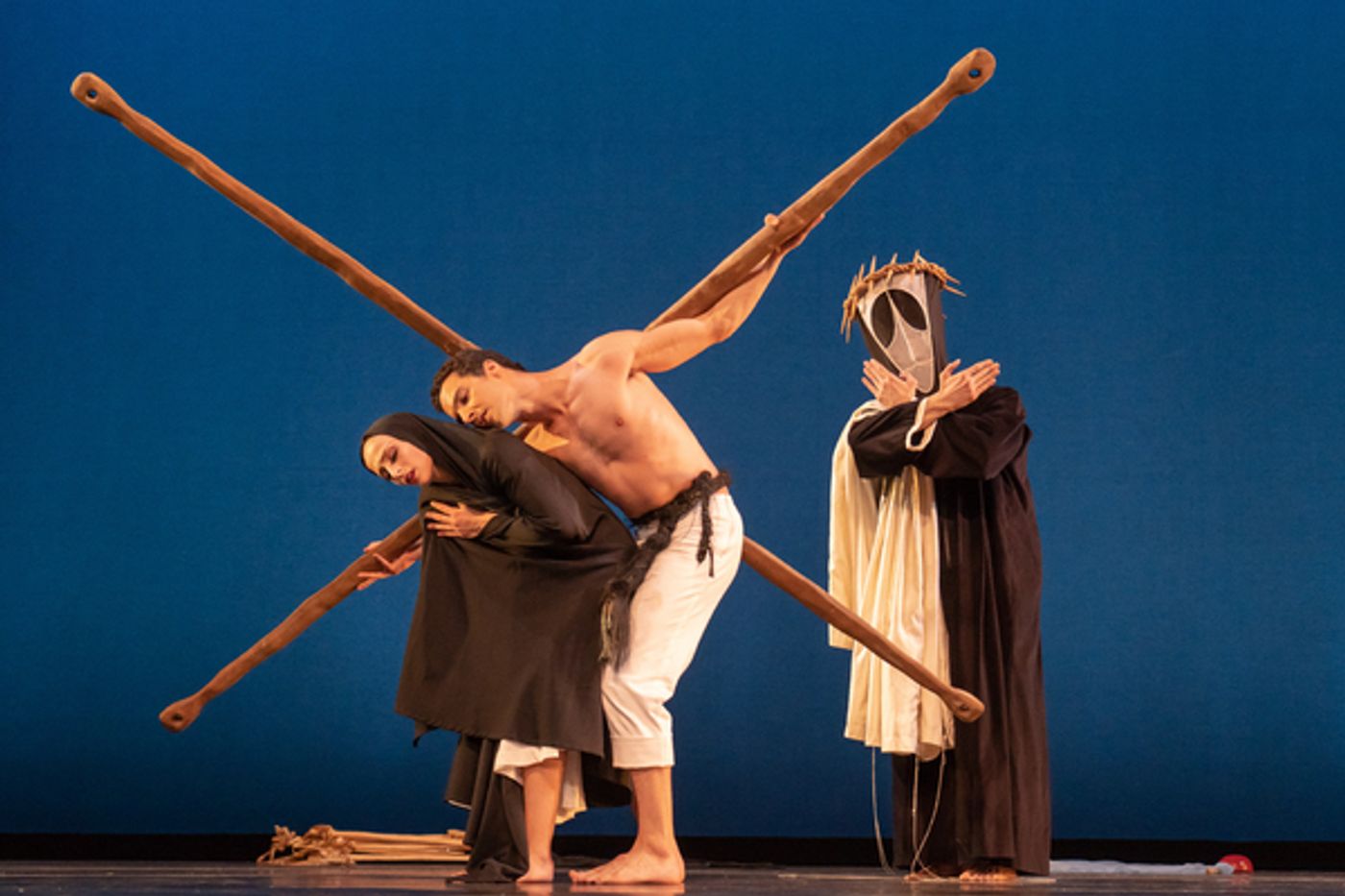
Lorenzo Pagana and Mariza Memoli and Ben Shultz in Martha Graham's El Penitente. Photo by Brian Pollock.
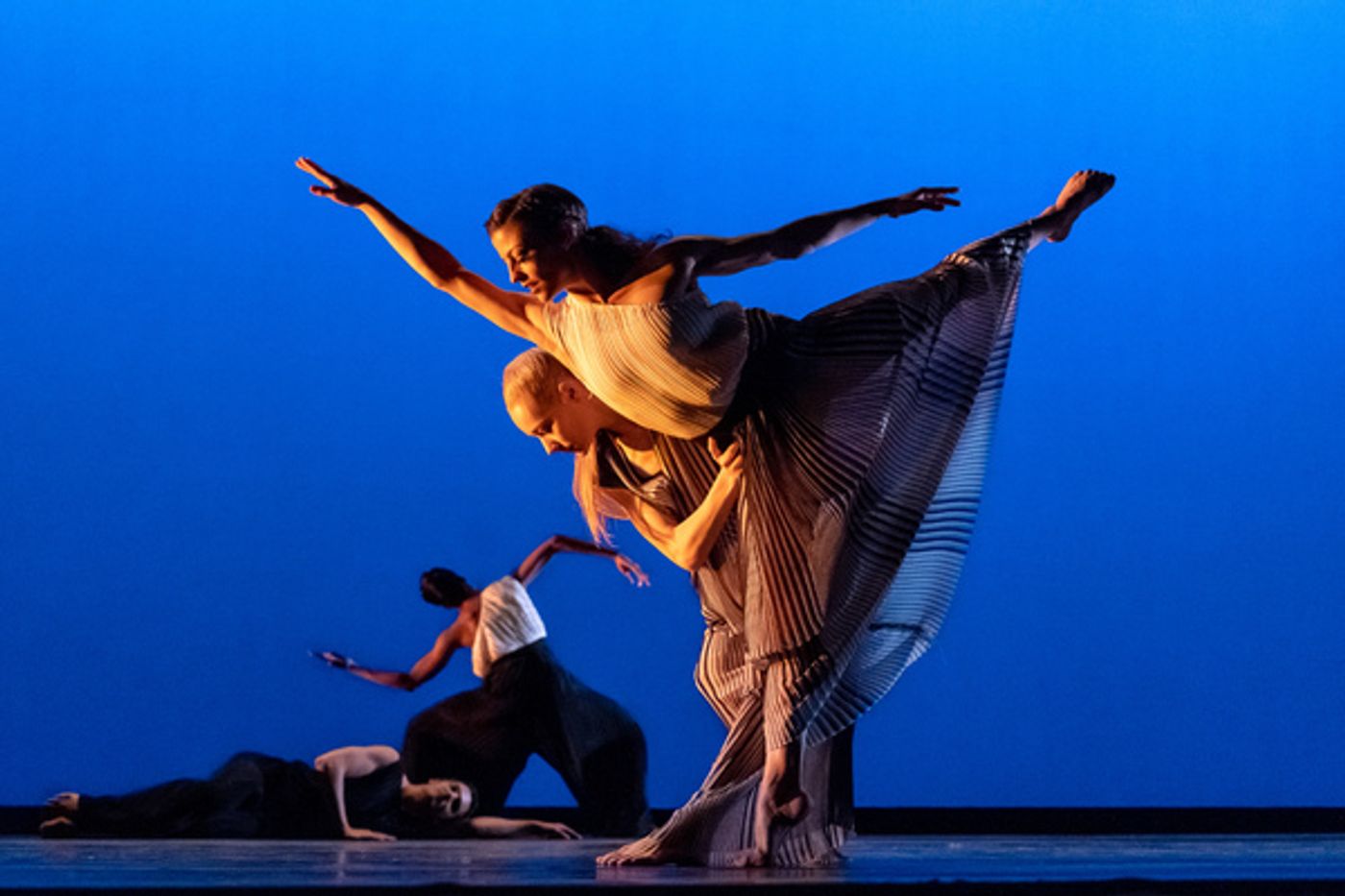
Charlotte Landreau and Laurel Dally Smith (foreground) with Natasha Diamond-Walker and Leslie Andrea Williams in Pam Tanowitz's Untitled (Souvenir). Photo by Brian Pollack.

Charlotte Landreau, Lorenzo Pagano, Lloyd Knight and Anne O'Donnell in Pam Tanowitz's Untitled (Souvenir). Photo by Brian Pollack.
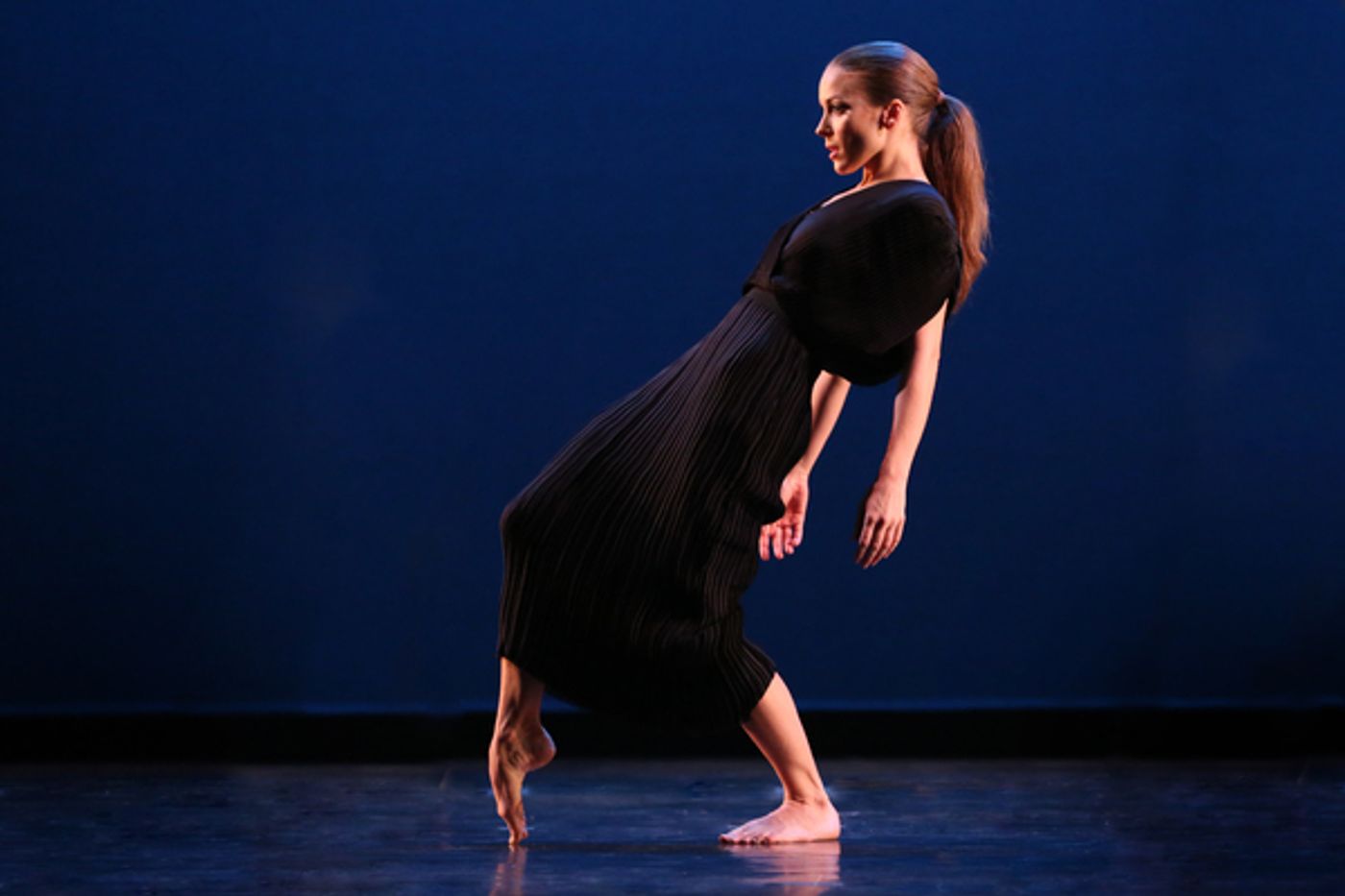
Anne O'Donnel in Pam Tanowitz's Untitled (Souvenir). Photo y Melissa Sherwood.

Xin Ying (soloist) and company in Martha Graham's Chronicle. Photo by Melissa Sherwood.
Reader Reviews
Videos

